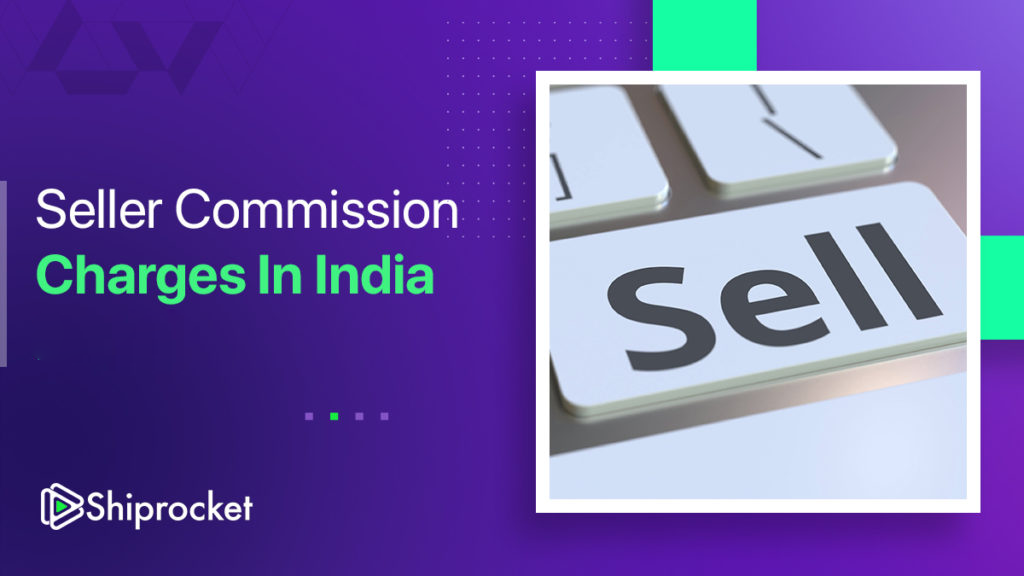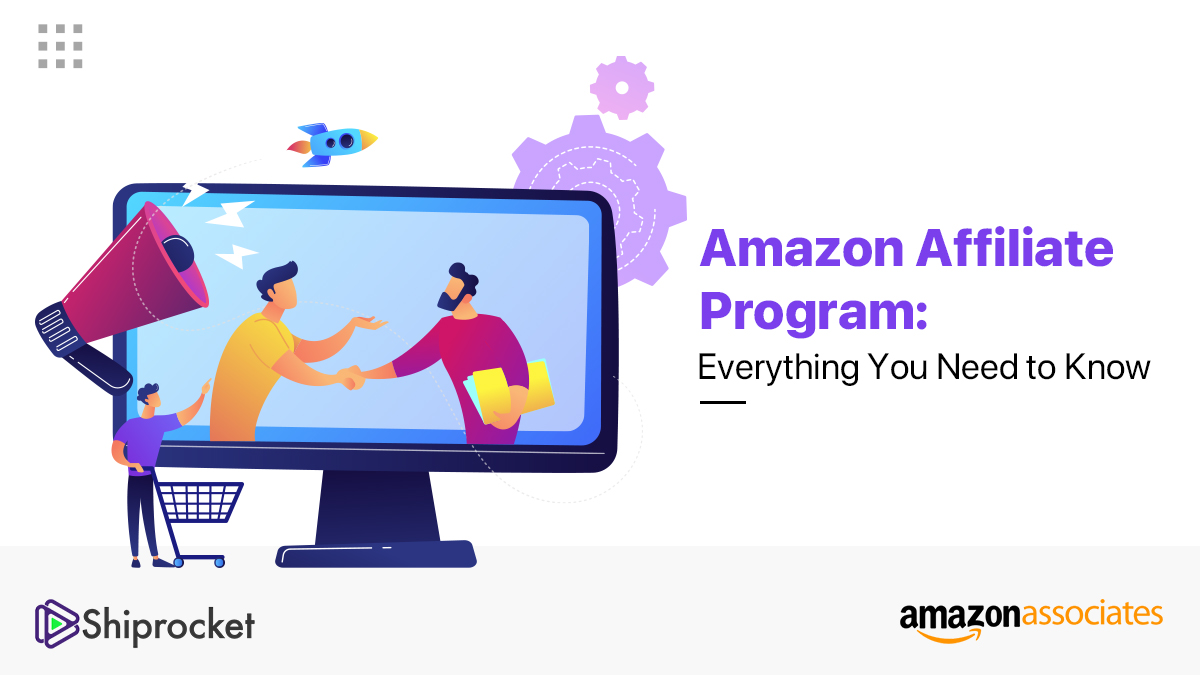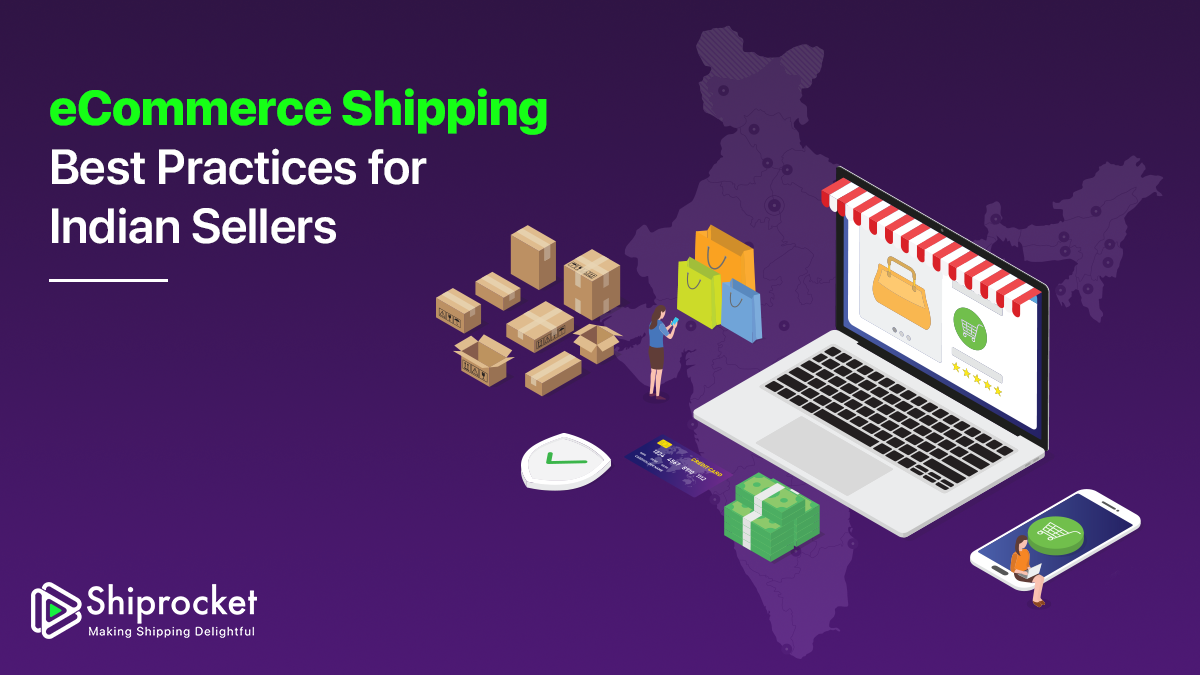Switching to Shopify can be a strategic move for online businesses that want to have a reliable and expanding platform. However, the change must be conducted systematically to generate positive impacts. The key is to follow the checklist for preparing for a Shopify Migration.
Shopify is one of the biggest and most popular eCommerce platforms with several features and functions. Migrating eCommerce businesses to a Shopify platform can improve performance and create a better experience for shoppers and admins. According to reports, Shopify has significantly contributed $444 billion to the global GDP.
However, shifting to Shopify is a complex process requiring much planning and strategising. An improper implementation of the same can increase the chances of losing data, leading to unhappy customers. We have created a checklist for preparing for a Shopify Migration. Read this article to understand the best strategies and get useful tips to transform your eCommerce business.

Shopify Migration Made Easy: A Preparation Checklist
By thoroughly examining all the factors described in this guide, you can migrate to Shopify without issues. This will assist you in leveraging the potential offered by Shopify for your online business. Follow the steps in the checklist for Preparing for a Shopify Migration.
1. Assess Your Current Platform
Evaluating your existing eCommerce platform is imperative while migrating to Shopify. This will help you discover the merits and demerits of your current system. You will find the major reasons for moving to Shopify.
Key areas to evaluate include:
- Assess your current platform with several factors including scalability, flexibility, and integration.
- This element is important as it defines the platform’s capacity with increased traffic or transactions.
- Analyse whether your current platform can adapt to new business needs or changes in market conditions.
- Adaptive interfaces are crucial since they allow the platform to interact with other solutions such as CRM, payment, and analytical structures and processes.
- Customers need an easy-to-manage format. Check whether your current platform offers simple navigation, get timely support, and perform transactions.
- From the administrator’s point of view, it should have a simple and easy-to-use interface at the backend for easy management of content, order processing, and handling of customer queries. A good platform helps eliminate time wastage and minimise errors, enhancing the overall operation.
- Evaluate your current platform’s pricing, which can include subscription fees, charges per completed transaction, and any other fees that may be associated with its use.
- The next step involves determining the cost-benefit of the platform. Always ensure that the costs are affordable and appropriate for your business, including the price of installation, utilisation, and customisation or expansion.
- Maintenance services are support-oriented and are necessary to keep the platform reliable. Check whether your current platform offers multiple means of contact like email, live chat, and manuals.
2. Choose the Right Shopify Plan
Shopify offers different packages to ensure businesses of all scales can enrol on the platform. Compare and select the best plan that meets your business needs and requirements. Consider the cost factor to choose the most suitable plan.
Key factors to consider when choosing a Shopify plan include:
- Ensure the selected Shopify plan can handle the number of products and services you offer.
- As for merchandise with several products or variations that include sizes, colours, or customisation, choose the plan that offers great product listings and enhanced inventory options.
- If you sell products alongside services, ensure the plan can handle services’ transactions and manage appointments or bookings.
- The Shopify plan you chose should correspond to the expected sales volume to avoid excessive transactions on the platform that can slow it down.
- Based on your annual sales history and estimated revenue growth, you can choose a cost-effective plan that provides all the necessary tools for your business to thrive.
- Besides, determine whether your business needs specific features provided by third-party applications like enhanced payment gateways, delivery solutions, or promotion tools.
- The three major plans offered by Shopify integrate payment gateway, shipping solutions, and marketing capabilities in different degrees.
- You need to find a plan that meets all your business needs and will help balance cost and features.
3. Gathering and Organising Your Data
Data is the most crucial aspect to consider for Shopify migration. It includes details of your product information, customers’ data, and the history of orders you have made from your current platform.
Here are a few steps involved in data migration:
- Export your data in Comma-Separated Values (CSV) format before shifting from your current platform to Shopify.
- A CSV file can be easily uploaded on Shopify.
- Create a backup file of all your data, such as product details, customer information, order information, and any other data relevant to the business.
- You can refer to the documentation of the current platform to know the right procedure to export data.
- Clean the data and structure them. Delete unwanted variables and ensure the information is updated.
- Verify the content related to your products like description, price, and stock.
- Sorting refers to categorising the data to make it compatible with Shopify’s requirements. This includes aligning data fields or removing incorrect entries that may hinder the migration process.
- Find which fields in your current platform map to Shopify fields to avoid hitches.
- Get familiar with the structure of the Shopify plan you’ve chosen, as it will introduce you to the fields and the data structure.
4. Select a Migration Method
Selecting a migration method depends on your current platform, the data complexity, and resources. Shopify has some in-built migration tools to make the process easy and efficient. However, complicated business models may require additional online services.
Key factors to consider when selecting a migration method include:
- Consider compatibility before migrating from your current hosting platform to Shopify. Platforms offer various online applications and tools to migrate directly to Shopify.
- Check if your current platform can migrate directly to Shopify. It will help plan the transition and reduce the efforts required during the entire process.
- Several stakeholders are involved in migration projects, including IT specialists, data analysts, project managers, and end-users.
- Figure out who will be solely charged with the migration, who will be in charge of data hygiene, and who will be in charge of the data migration to Shopify.
- Also, determine who will require the new Shopify plan during and after the migration exercise and determine how to avail the plan most effectively.
- By effectively budgeting and managing the resources, you can ensure an effective transition to the needed eCommerce platform in Shopify without interfering with the daily operations of your business.
5. Prepare Your Shopify Store
After choosing the desired Shopify plan and getting your data ready, you are set to create your Shopify store. This comprises theme setting, basic configurations, and the addition of products.
Step 1 – Choose a Shopify Theme
- Selecting the correct Shopify theme is very important since it defines the look and feel of your Shopify store. Start by choosing a theme closely related to your brand’s image and the nature of your business.
- The theme you choose depends on your budget, the size of your business, and the number of products or services you offer.
- Shopify offers a vast array of themes within its free and paid versions.
- Confirm that the theme allows uploading high-standard images and videos.
- Check whether the theme has specifications for adding detailed product descriptions, links, and customer reviews.
Step 2 – Customise Your Theme
- Assigning a unique look to your Shopify theme is significant to build an attractive and appealing storefront for clients.
- Customise the theme to suit your brand colours, font styles, and logo.
- You should add your contact details, phone number, E-mail, shipping details, and returns policy to ensure the clients have all the necessary information.
- Incorporating your domain name in the store’s URL enhances brand credibility and distinctiveness.
Step 3 – Set Up Essential Settings
- The basic settings of your Shopify store require configuration to ensure that the shop runs properly and provides the best experience to customers.
- Choose the options on shipping, payments, and taxes to ensure the logistical and financial aspects are well organised.
- Ensure your inventory control system is linked to maintain the inventory and manage various stocks.
- Streamline your checkout to help users get through the steps quickly. This can decrease cart abandonment and increase the satisfaction of the customers. Optimisation of these base configurations will help fine-tune the store and meet the business goals.
Step 4 – Import Your Products
- Converting to Shopify and uploading your product data are essential in running an online store.
- Save time and effort and avoid errors with Shopify’s built-in product importer for data transfer.
- Several third-party tools are available on the internet to perform the migration task.
- As you post your products online, check whether the product descriptions, images, and prices are accurate and up-to-date.
- Ensure you use relevant keywords in the product listings to increase the search engine rankings of the products, thus giving the products higher visibility.
- This optimisation will help divert more traffic to your store.
6. Test and Optimise
Run some tests through your store to ensure all elements and components work correctly before launching your Shopify store. This includes testing your product pages, the checkout process, and its compatibility with mobile phones.
Key areas to test include:
- Ensure your images are high quality, the descriptions are suitable, and your prices are appropriately placed on the Shopify store.
- Good image quality is important as it gives the customers a clear view of the appearance of the products you sell.
- Product descriptions must explain distinctive characteristics and added values of the product. Clearly mention the pricing.
- Strategic positioning of these items is essential to avoid interrupting the shopping experience.
- Pay special attention to all the details of the payment procedure. Verify the operational capabilities of different payment modes. Confirm shipment options correctly as programmed.
- The payment process should be straightforward and safe. Ensure the confirmation page gives a clear summary of the order.
- Since most customers shop online with mobile devices, ensure your store has an optimised mobile environment.
- Focus on search engine optimisation (SEO). This involves enhancing product features such as titles, images, and descriptions with the right keywords. You can increase traffic on your website by improving your Shopify store SEO.
7. Redirect Your Domain
Redirecting your domain involves directing your old domain from the previous website to the new Shopify store to uphold the search engine ranking you have achieved and prevent dead links. A 301 redirect guarantees that users can be redirected to the right page on the new Shopify store.
Key considerations for redirecting your domain:
- Choose the right redirect type: 301 Redirect can be used to perform a permanent change, as it informs the search engine that the content has moved to a new address.
- Create a redirect mapping: Come up with a mapping of the URLs of the old website to that of the current Shopify store. This will offer direction to the intended page and confirm that all pages are well-directed.
- Implement the redirect: Configure the 301 redirect through your website’s DNS or by a plugin or tool suggested and provided by your host service.
- Test the redirects: Check whether all your redirects are working as intended by performing a test. You can check for errors through various channels; one of the best tools is Google Search Console.
With these strategies, you can retain search engine visibility for your website and keep visitors from being trapped in an endless loop of wasted links. This will improve your online presence during your transition.
8. Launch and Promote
Launch the Shopify store after testing and optimising your store. Inform your customers about the launch through e-mail marketing, social media handles, and the website of your company or brand.
- Social media marketing: To increase the number of viewers, create engaging content, and publish it on social media handles.
- Customer engagement: Running contests and giveaways is one of the most effective ways to increase awareness.
- Email marketing: Send specific details to your current and potential customers.
- Content marketing: Optimise content into high-quality blog posts and articles to generate web traffic without paid promotion.
- Paid advertising: You can use paid tools like Google and Facebook Ads to expand the circle of subscribers.
9. Monitoring and Optimising
Your job doesn’t end once you’ve opened your online store on Shopify. You must constantly assess and modify your Shopify store. This will increase sales, traffic, customer satisfaction, and the conversion rate on the website.
You can monitor the performance and notice the relevant trends and issues with the store’s analytics. It empowers you to make strategic decisions to enhance your product offering, promotional activities, and customer engagement.
Once you have established your Shopify store, regularly check and review all the elements to make your business more successful.
Conclusion
This detailed checklist for preparing for a Shopify migration can help you avoid the pitfalls of Shopify site migration. You can leverage Shopify’s prominent characteristics and functionalities for the growth and success of your online business. Furthermore, devote adequate time and effort toward the migration process, data migration, testing, and optimisation activities. Ensure your team is adequately trained to run the newly established Shopify store. Monitor and analyse your store’s statistics to upgrade your marketing strategies and customer relations. If your Shopify store is optimised correctly, it can provide the best shopping experience to customers, create sales, and help achieve business targets.






